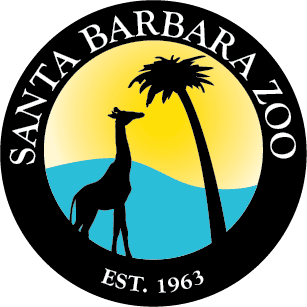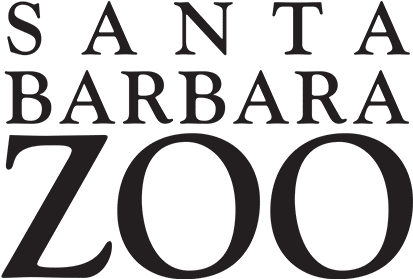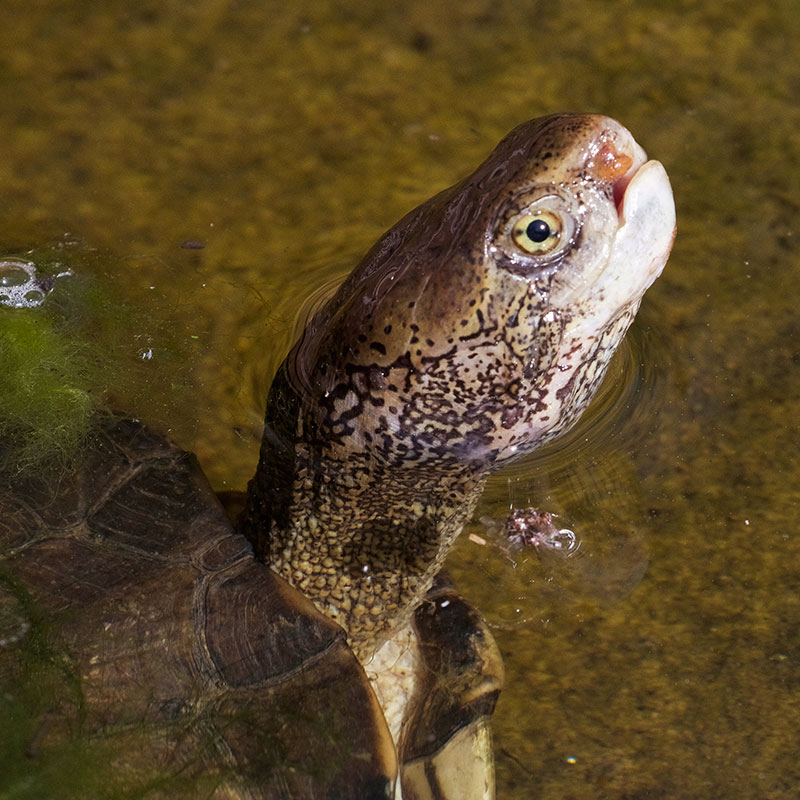
- Admitted as a hatchling to California Wildlife Center in February 2013 with injuries to shell and jaw after being dropped by gull in flight
- Is unable to be released back into the wild because his jaw healed in such a way that he can no longer catch live prey
- Fostered by a California State Parks/Angeles District scientist, who gave him his unusual name
- Is easily identified by his distinctive jaw
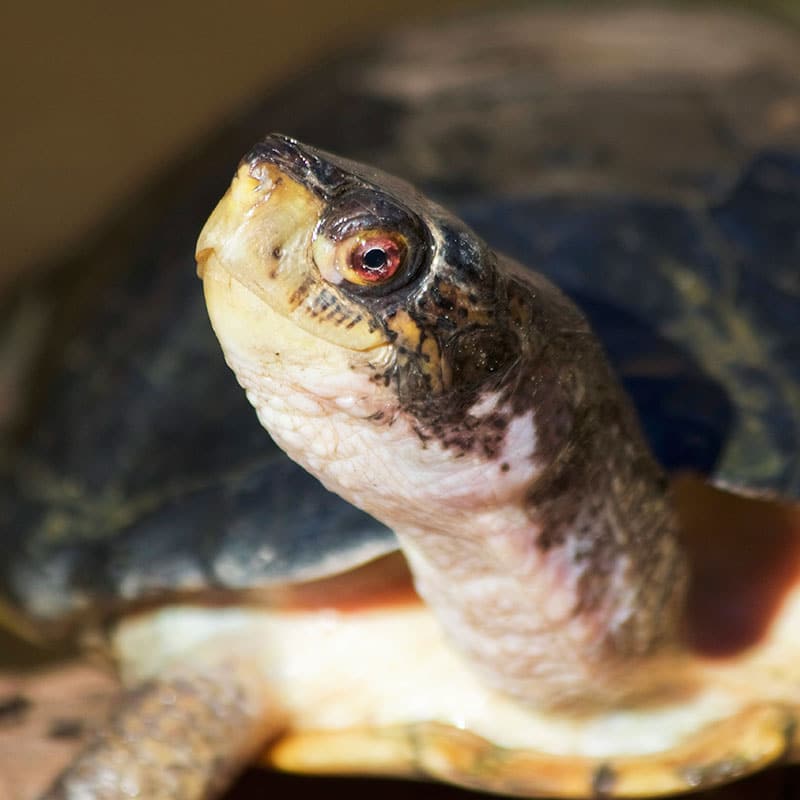
No Name
- Was found by U.S. Geological Survey with a head injury
- Has healed, but the injury makes him unable to return to the wild
- Is very shy and likely to hide under driftwood and plants
Interested in naming this turtle? Contact the Institutional Advancement Department at (805) 962-5339 or send an email.
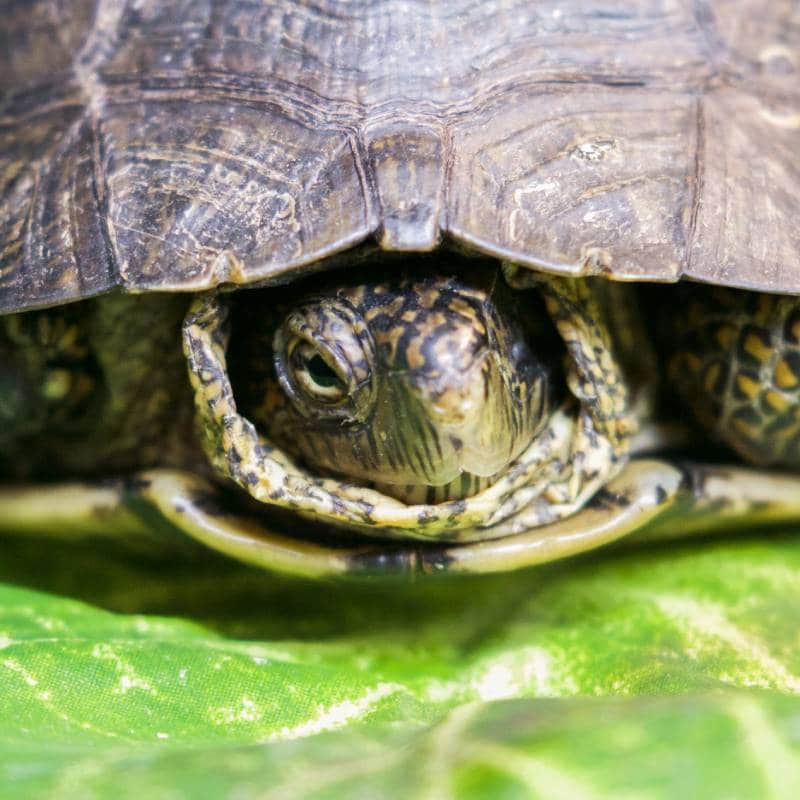
Lucky
- Found in August 2014 at Cali Camp Canyon with her right front leg and a portion of her tail missing
- Taken to the Resource Conservation District of Santa Monica Mountains (RCDSMM), an education, conservation, and land stewardship organization (www.RCDSMMsmm.org)
- Recovered and released into a pond in the Topanga Creek Watershed approximately one year later
- Found on a road in October 2016 with a serious eye injury; her left eye was later removed
- Is not able to be re-released into the wild due to concerns about her vision
- Lived at RCDSMM until she arrived at the Zoo in November 2018
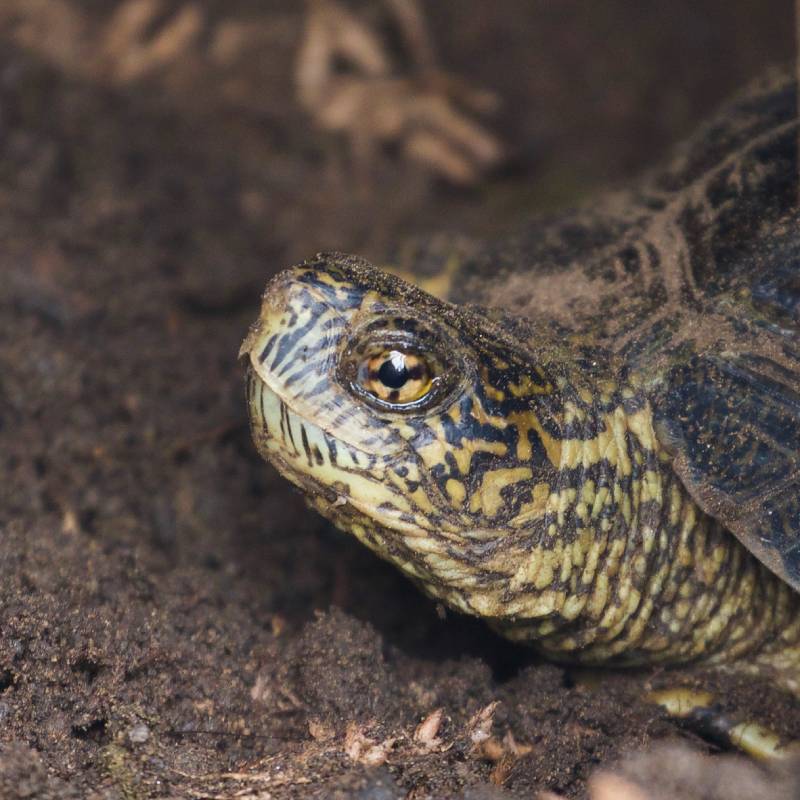
Female 507
- Found with Lucky in 2014 at the Camp Cali fish pond and taken to RCDSMM
- Relocated to a pond in the Topanga Creek Watershed in March 2015
- Found with her left rear leg missing in June 2017 and returned to RCDSMM
- Arrived at the Zoo in November 2018
Interested in naming this turtle? Contact the Institutional Advancement Department at (805) 962-5339 or send an email.
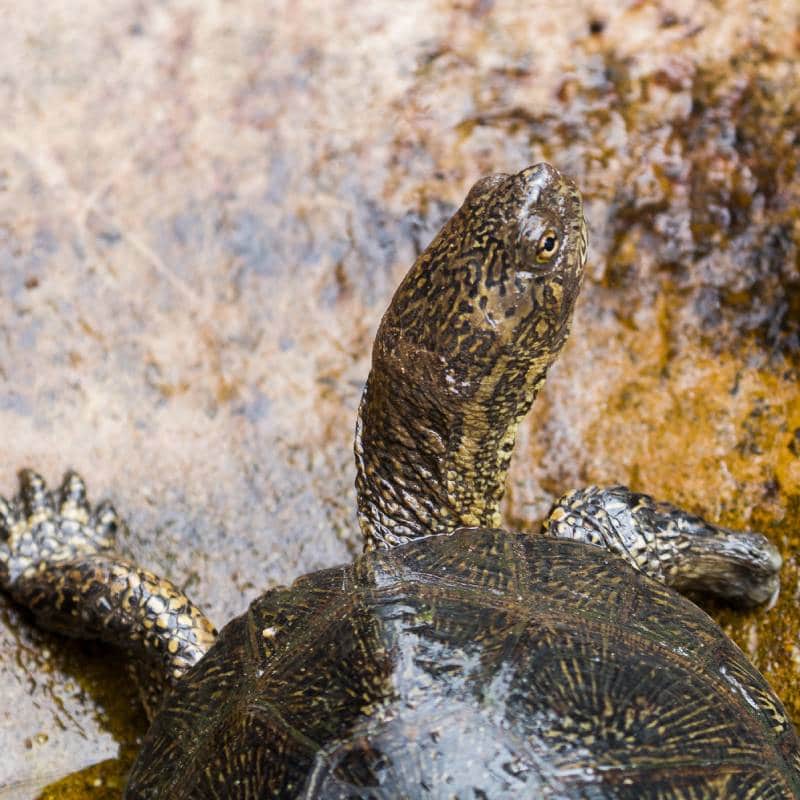
Zig Zag
- Found in a pond in the Topanga Creek Watershed with a partially missing left rear leg in March 2015, re-released in June 2015
- During a wellness check in August 2015, her low weight and a missing right front leg prompted recovery and she remained at RCDSMM until she came to the Zoo with the other two females in November 2018
- Was named for the zig-zag swimming pattern she displays due to her missing legs
Who is who?
Next time you are at the Zoo, try to identify who is who. But be warned: not all turtles are on view at all times.
No Name
No visible injuries
Female 507
Has no left rear leg
Zig Zag
Missing both left rear leg and right front leg
George
Has a distinctive jaw resulting from surgery
Lucky
Only has one eye
Why Save Injured Turtles?
The Western pond turtle is considered a “species of special concern” and is currently under review for listing under the Endangered Species Act. So every individual is important to their recovery.
The Zoo’s Western pond turtles were all rescued from their native habitats after they were found with injuries. How they were injured isn’t known, but they could be from encounters with predators, such as raccoons or birds.
Many rehabilitated turtles are returned to the wild. But after a medical evaluation, it was determined that these individuals likely could not survive. So they are now ambassadors for their species, California’s only native freshwater turtle.
From the Keepers
”Typically, these turtles are most visible on sunny spring and summer days, and can be found basking along the water’s edge. Approach slowly though, as they are quick to dive back into their pond for safety. Some of them are more active and curious while others are a bit shy and like to hide. If you look at the exhibit long enough, George usually comes up to check you out. I’m not sure if he is looking for a meal or is just curious, but he is definitely interested!
Mark Heully, Zoological Manager
Zoo Helps Monitor Turtles in Ventura County
Unlike most Western pond turtles, who live in freshwater, the ones at Point Mugu in Naval Base Ventura are found in tidal channels and are regularly doused with seawater during high tides. This unusual adaptation could be important to the future of this “species of concern.”
U.S. Navy biologists have monitored the species since 2007, and in 2014 began tracking a small number of females with radio-telemetry to determine if they were carrying eggs and reproducing.
The Zoo joined these efforts in 2017 by providing staff on site to conduct physical examinations, draw blood, and take x-ray images. Zoo veterinary technician Cressa Nursement (see left) was among Zoo staff who assisted at Point Mugu.
Thanks to the x-rays, the “clutch” sizes (number of eggs carried) were obtained for the first time and confirmed that the population is actively reproducing. Of the eight female turtles assessed in 2017, seven had eggs, and each clutch was five to eight eggs. Six eggs can be seen in the x-ray at left.

Saving Animals From Extinction
Western pond turtle is one of the 10 species in SAFE (Saving Animals From Extinction), a partnership of the entire AZA-accredited zoo and aquarium community to focus on saving species in the wild through conservation science, wildlife expertise, and engaging their more than 180 million visitors. Find out more about SAFE here. Only about 150 individual Western pond turtles are currently cared for in AZA organizations. The Santa Barbara Zoo’s two individuals live in a pond across from the flamingos.
SAFE Western Pond Turtle Video
Conservation Status
The Western pond turtle is threatened throughout much of its range along the Pacific coast, all the way from British Columbia to Baja California. Causes of the dramatic population decline vary, but include habitat loss, predation by non-native species such as bullfrogs, and competition for resources by red-eared slider turtles, also an invasive species. Western pond turtles are listed as Vulnerable by the IUCN Red List.

Hands Off!
If you see a turtle walking away from the water, let it be. You may think the turtle is lost and belongs in a pond, but turtles frequently saunter away from their ponds to find another pond, lay their eggs, or look for a mate.
